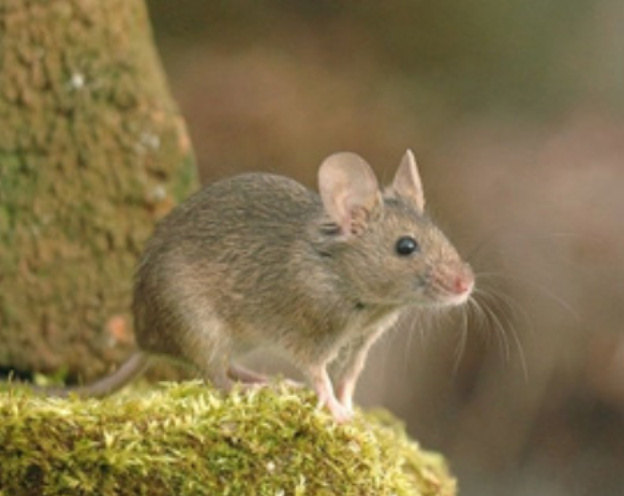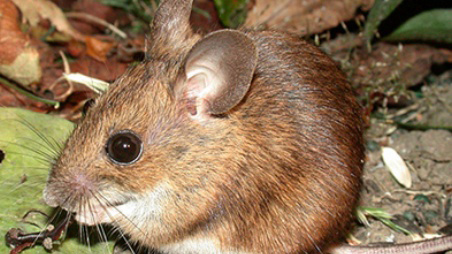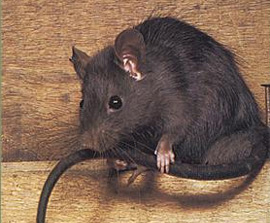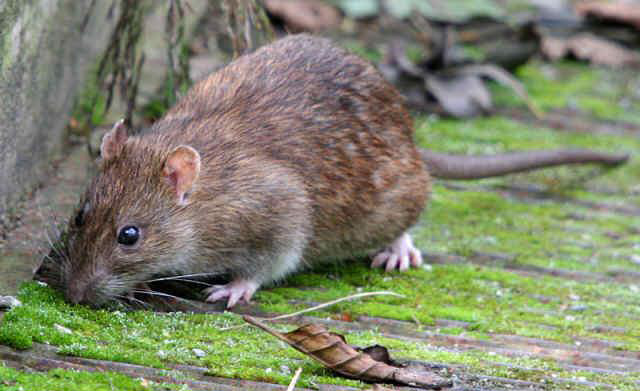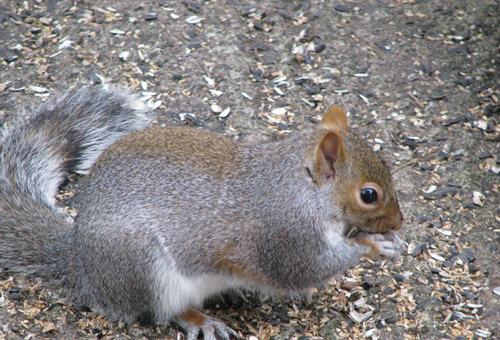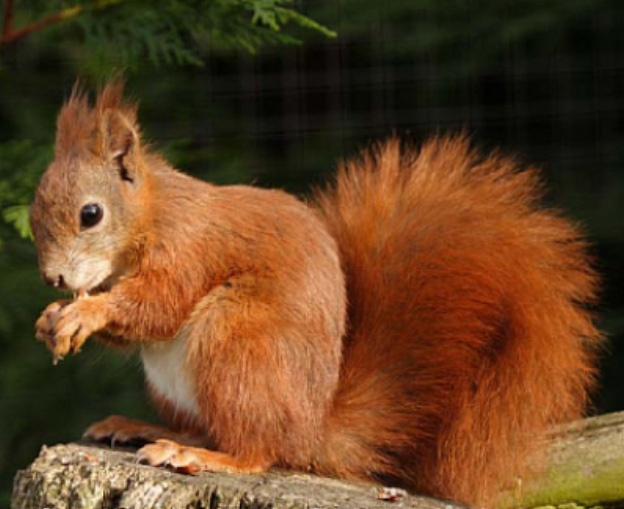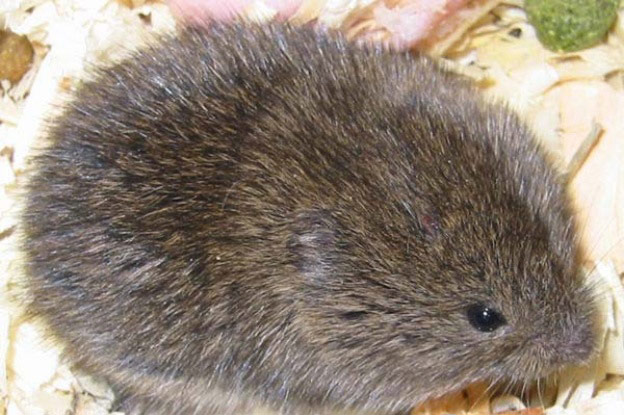The European mole has an elongated, cylindrical body, covered in black, velvety fur. Although the eyes are complete, they are tiny, and often hidden by fur. There are no external ears and the nose is naked, apart from sensitive whiskers. The large, spade-like forepaws are well adapted for digging. With five claws and a permanently out-turned position.The sexes are very similar in appearance, but males are usually slightly larger.
Moles spend most of their lives underground in a system of permanent tunnels, the presence of which can be detected from above by molehills, by-products of the excavation process. They feed on soil and invertebrates that fall into thetunnels. A favourite component of the diet is earthworms, which are so often stored for later consumption after theyhave been immobilised by a bite to the head.
This species of mole is typically solitary, and both sexes defend their territories vigorously. The males extend their tunnel systems during the short breeding season as they search for females. One litter per year is the norm, averagingbetween 2 to 7 naked, blind young. The young are suckled for about a month and leave the nest at around 33 days ofage, they then disperse above-ground, this period of the mole’s life is the most fraught with danger, they are extremely vulnerable to predators including owls, buzzards, stoats, dogs and cats. Female moles are the only mammals known to posses the reproductive organs called ‘ovotestes’, which contain a normal functioning ovary as well as a testicular area that can produce a large amount of testosterone. This intriguing feature explains why female moles are as aggressive as males when defending their territories, it may also account for the external similarities between males and females.
Moles are not protected by law in the UK, and they are considered to be pests by many farmers and horticulturalists, although there are doubts as to whether this perception is correct. Historically, they have been trapped on a huge scale and the pelts were used to make garments. But today moles are controlled by strychnine poisoning, available only bylicense and banned under the Defra Animal (Cruel Poisons) Regulations (1963) except for use against moles, causes a slow painful death, it is also dangerous to other wildlife and humans.




